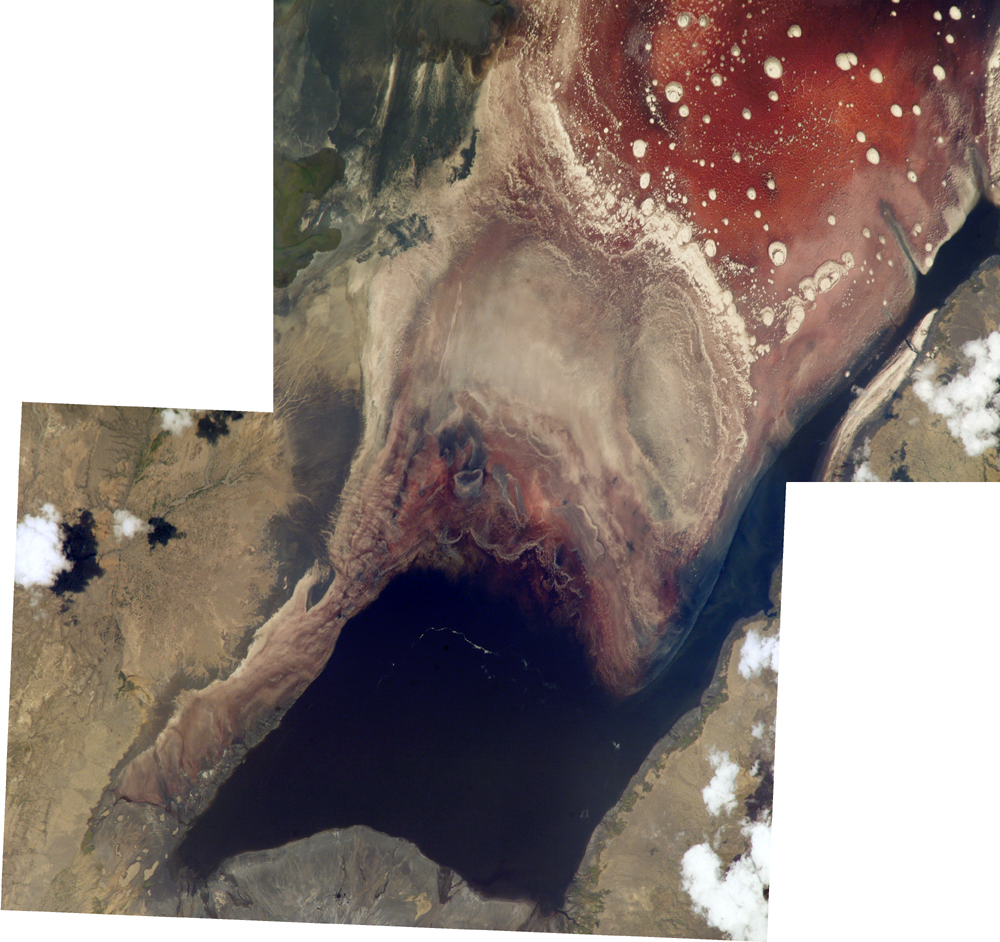
Natron is a salt mixture harvested from dry lake beds, consisting primarily of sodium carbonate and sodium bicarbonate, but also containing small amounts of sodium chloride and sodium sulfate.

This was accomplished by packing it with naturally-occurring natron.

The brain was also removed, but in a slightly different manner: often, a hole was made at the base of the skull, and the brain was then cut into small pieces, removed, and discarded.Īfter this, the first step of the embalming process was to dry out the body. Of course before any of this could begin the organs would usually be removed from the mummy, with the exception of the heart (and apparently in some cases the kidneys). Since we’re focusing here on the chemicals used in the process, we’ll briefly skip over the initial steps. Here we take a look at the chemicals used in the process, and how modern chemistry can help us identify them. However, there’s a little more behind the traditional embalming process used in Ancient Egypt, as well as a surprising amount of chemistry.

Mummies are, perhaps, the easiest go-to costume for Halloween: grab some bandages, drape yourself in them, and job done.


 0 kommentar(er)
0 kommentar(er)
